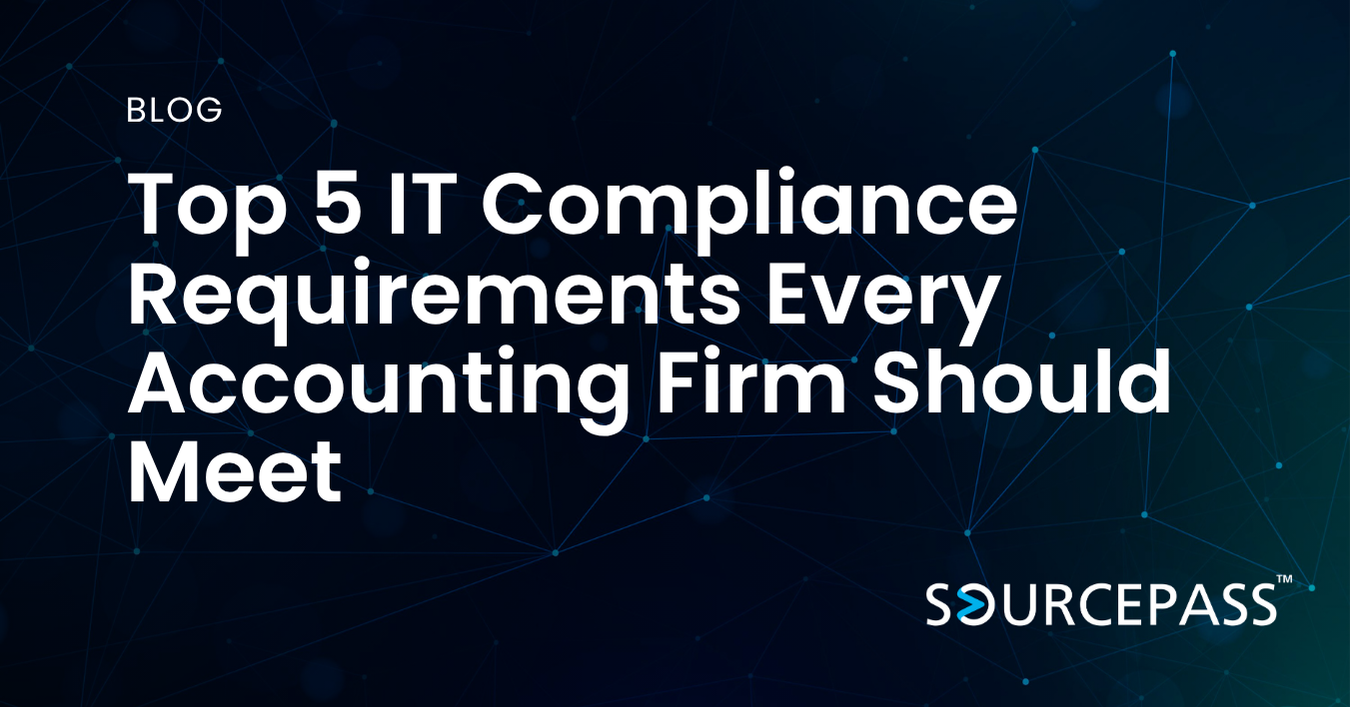Modernizing Legacy Applications on Azure for SMBs: Assessment & Landing Zones
Nov 24, 2025 Alex Davis Strategy & Modernization | Microsoft Azure 2 min read



Modernizing Legacy Applications on Azure: Assessment and Secure Landing Zones for SMBs
Small and midsize businesses (SMBs) often rely on legacy applications that are critical for operations but can limit agility, scalability, and security. Modernizing these applications on Azure helps SMBs reduce technical debt, improve performance, and enable future cloud-native capabilities. A structured approach with proper assessment and secure landing zones ensures a smooth transition.
Assessment: Mapping Your Legacy Applications
The first step in application modernization is a detailed portfolio assessment. SMBs should:
-
Inventory applications and dependencies: Identify all applications, underlying databases, integration points, and infrastructure requirements.
-
Evaluate compliance and security requirements: Consider regulatory mandates, data protection policies, and internal controls.
-
Estimate total cost of ownership: Include licensing, maintenance, and projected cloud costs.
-
Prioritize workloads: Rank applications by business criticality, technical complexity, and potential value.
-
Select pilot applications: Start with workloads that provide measurable value and manageable risk.
Tools such as Azure Migrate can automate discovery, assess dependencies, and right-size infrastructure for each workload, ensuring informed migration decisions.
Establishing Secure Azure Landing Zones
Before migrating workloads, it is essential to create a secure Azure landing zone. A landing zone provides a structured, governed environment that supports scalable and secure cloud operations. Key elements include:
-
Identity and access management: Enforce Azure Active Directory controls, role-based access, and multi-factor authentication.
-
Networking best practices: Configure virtual networks, subnets, and connectivity policies for security and performance.
-
Governance and compliance: Implement Azure Policy, tagging, and monitoring to enforce standards and track costs.
-
Cloud-native readiness: Design architecture that supports future updates, containerization, and integration with Azure services.
Following Microsoft’s guidance for landing zones ensures that applications operate securely and are positioned for ongoing innovation and modernization.
Key Steps for SMBs
-
Inventory legacy workloads and define business priorities.
-
Assess technical dependencies and migration complexity.
-
Use Azure Migrate for automated discovery, assessment, and sizing.
-
Design secure landing zones following identity, networking, and governance best practices.
By combining disciplined assessment with secure landing zones, SMBs can modernize legacy applications safely while accelerating digital outcomes on Azure.
Frequently Asked Questions
What is an Azure landing zone?
An Azure landing zone is a pre-configured environment that provides governance, identity, networking, and security best practices for cloud workloads. It ensures applications run securely and efficiently in Azure.
How should SMBs prioritize legacy applications for modernization?
Prioritize applications based on business criticality, technical complexity, security requirements, and the potential benefits of modernization. Pilot projects should balance value and manageable risk.
Can Azure Migrate help with legacy application assessment?
Yes. Azure Migrate automates the discovery of applications, infrastructure, and dependencies, while providing insights for right-sizing and migration planning.
What are the benefits of modernizing legacy applications on Azure?
Modernization improves scalability, security, performance, and cloud-native integration while reducing operational overhead and enabling future enhancements.
How do SMBs ensure compliance during migration?
By applying Azure Policy, identity management, monitoring, and governance controls within landing zones, SMBs can maintain compliance and audit readiness throughout the modernization process.
References:
Subscribe To
Sourcepass Insights
Sourcepass Insights
Stay in the loop and never miss out on the latest updates by subscribing to our newsletter today!
.png?width=500&height=100&name=White%20Logo%20-%20Transparent%20Tag%20(3).png)



